Week #3: Conversation with God
Below is the outline for Talk 3, titled “Conversation with God.” As you listen to the teaching video, follow along in this outline. You may print this outline and use the space to the right for notes or use your own journal for notetaking.
Discussion questions can be found at the end of this outline. If you are participating in this series together with a group, consider selecting some or all of these questions for your group discussion.
Talk Outline
- Recap: Prayer happens in the heart.
-
- Movements of the heart are “affective movements,” and come as thoughts, feelings and desires.
- Prayer purifies the heart so we can learn to love what God loves.
- Distinguishing movements of the heart; 3 levels of our heart.
-
- Interior thoughts, feelings and desires come to us from present experience or from memory.
- Level I (surface psychological) – transient, even superficial, change rapidly, easily swayed by external stimuli (examples: bad mood because of weather or the opinion of others). These thoughts, feelings and desires are not movements of the Holy Spirit.
- Level II (deeper psychological) – more complex, are more deeply rooted, do not just come and go, many are habitual patterns of thinking, feeling or desiring.
- Include family relationships, temperaments, deep moods such as psychological depression or deep joy or happiness, sexual desires.
- Non-spiritual consolation (uplifting feeling) or non-spiritual desolation (down feeling).
- Still not the place where God speaks, although God often wants to bring healing to the experiences of this level of the heart.
- Level III (spiritual) – spiritual thoughts, feelings and desires that impact directly on one’s relationship with God and carrying out his will.
- Spiritual consolation (uplifting movement of the heart toward God) – “I call it consolation when some interior movement is caused in the soul, through which the soul comes to be inflamed with love of its Creator and Lord, and, consequently when it can love no created thing on the face of the earth in itself, but only in the Creator of them all. Likewise when it sheds tears that move to love of its Lord, whether out of sorrow for one’s sins, or for the passion of Christ our Lord, or because of other things directly ordered to his service and praise. Finally, I call consolation every increase in hope, faith and charity, and all interior joy that calls and attracts to heavenly things and to the salvation of one’s soul, quieting it and giving it peace in its Creator and Lord.” (Third Rule; Spiritual Exercise #316.)
- Spiritual desolation (downward movement of the heart away from God) – “I call desolation … darkness of soul, disturbance in it, movement to low and earthly things, disquiet from various agitations and temptations, moving to lack of confidence, without hope, without love, finding oneself totally slothful, tepid, sad and, as if separated from one’s Creator and Lord. For just as consolation is contrary to desolation, in the same way the thoughts that come from consolation are contrary to the thoughts that come from desolation. (Forth Rule; Spiritual Exercise #317.)
- Spiritual movements of the heart – thoughts, feelings and desires.
-
- Come from one of three spirits: Holy Spirit, evil spirit, human spirit.
- What exactly happens in the heart?
- Feelings and desires come.
- Give rise to thoughts (intellect).
- Call for a response (will) – to receive what is from God and reject what is not from God.
- Come into our hearts through memory, imagination and spiritual senses.
- This is a guide not a science. Not all of our thoughts, feelings and desires can be easily categorized. We have different levels of the heart and this is simplified to three levels.
-
- Chart
| Thoughts | Feelings | Desires | |
|
Level I Surface Psychological |
It’s hot out | Hot and tired | Rest |
|
Level II Deeper Psychological |
I’m a disappointment to my family | Alone, abandoned, depressed |
I want to escape my life |
| Level III
Spiritual |
God has been so good to me | Gratitude, joy, warmth |
I want to be with God in prayer |
-
- Practically, how do we enter into conversation with God about some struggle in life.
- Prayer is the conversation where I speak to God about the struggles or joys at the second level of the heart.
- As I receive God’s truth and love at the third level of the heart, he begins to set me free at the second level of the heart. This begins to purify the way I think and feel at the second level of the heart.
- Practically, how do we enter into conversation with God about some struggle in life.
- The 4 practical steps to surrender our hearts to God.
-
-
- Acknowledge – When I am having some struggle, the first thing I have to do is to admit that it is a struggle. This requires self-awareness. It can be difficult to acknowledge. There can be a fear to acknowledge because I don’t want to give the thing too much power – better to ignore it. Or, because I think to myself – if I were a real Christian this would not bother me. Or, because I do not have the faith to believe God can work in this area.
- Relate – Second step is to relate the situation to God in prayer and ask God how he sees it.
- Practically, simply tell God about it. “Father, this is really difficult for me.” “I am afraid.” “This feels like too much for me!” “Father this makes me very angry, how can you allow this to happen!”
- If I pour it out in faith, I can receive from God a new way to see this. This is God’s part of the action – and I cannot control this. But I can have faith he will do it!
- Relating is our work. Receiving is what God does.
- Receive – Third step is God acting, showing me how he is working. He speaks to my heart and allows me to receive his way of seeing, his truth. He shows me that he is present.
- This is a spiritual consolation at the third level of the heart. It might be a word or phrase from Scripture. It might be a sense of peace or his presence. It might be a word from a friend or something I hear in a homily.
- It comes with an uplift of heart, because the Holy Spirit is speaking to me.
- Respond – Forth step is to respond differently, with the grace and strength from God. I can respond in truth and with God’s peace.
- This is so different than white knuckling the Christian life.
-
- Prayer is a two-way conversation
-
-
-
- God works in prayer. His presence comes into situations and changes them.
- God wants to show us he is good in every situation when we bring it to him in prayer.
- “Blessed be the God and Father of our Lord Jesus Christ, the Father of mercies and God of all comfort, who comforts us in all our affliction, so that we may be able to comfort those who are in affliction, with the comfort with which we ourselves are comforted by God.” 2 Cor. 1:3-8
- This receiving is the key to the whole spiritual life – this is the peace that Jesus promises even in the greatest trials. True peace that comes from true surrender.
-
-
- Examples
-
-
- Jesus in the Agony of the Garden
- St. Paul’s thorn in the flesh (2 Cor. 12:7-10).
-
- What is prayer in light of ARRR?
-
- Prayer is the place where I surrender to God’s will – I acknowledge my struggle, I relate that to him, I receive from him how to see it, and then I can respond with his grace. In this way, prayer changes me and purifies my heart.



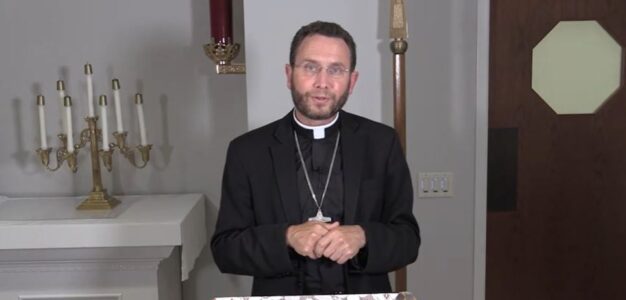

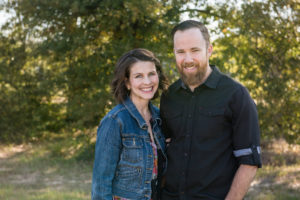


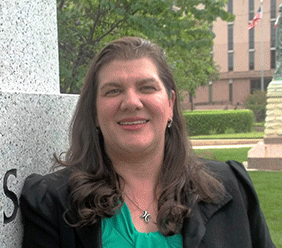
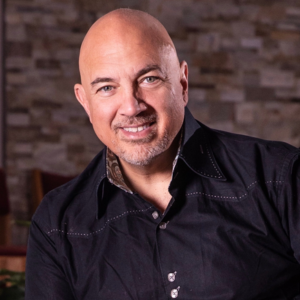
 Kimberly Kay Cox
Kimberly Kay Cox







 Mark Mogilka
Mark Mogilka














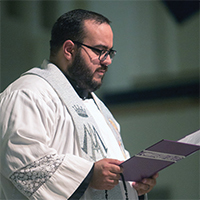





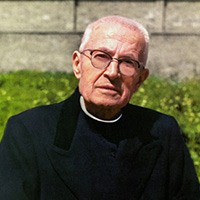








 Armando Cervantes
Armando Cervantes Anna Betancourt
Anna Betancourt
 Andrea Chavez-Kopp
Andrea Chavez-Kopp